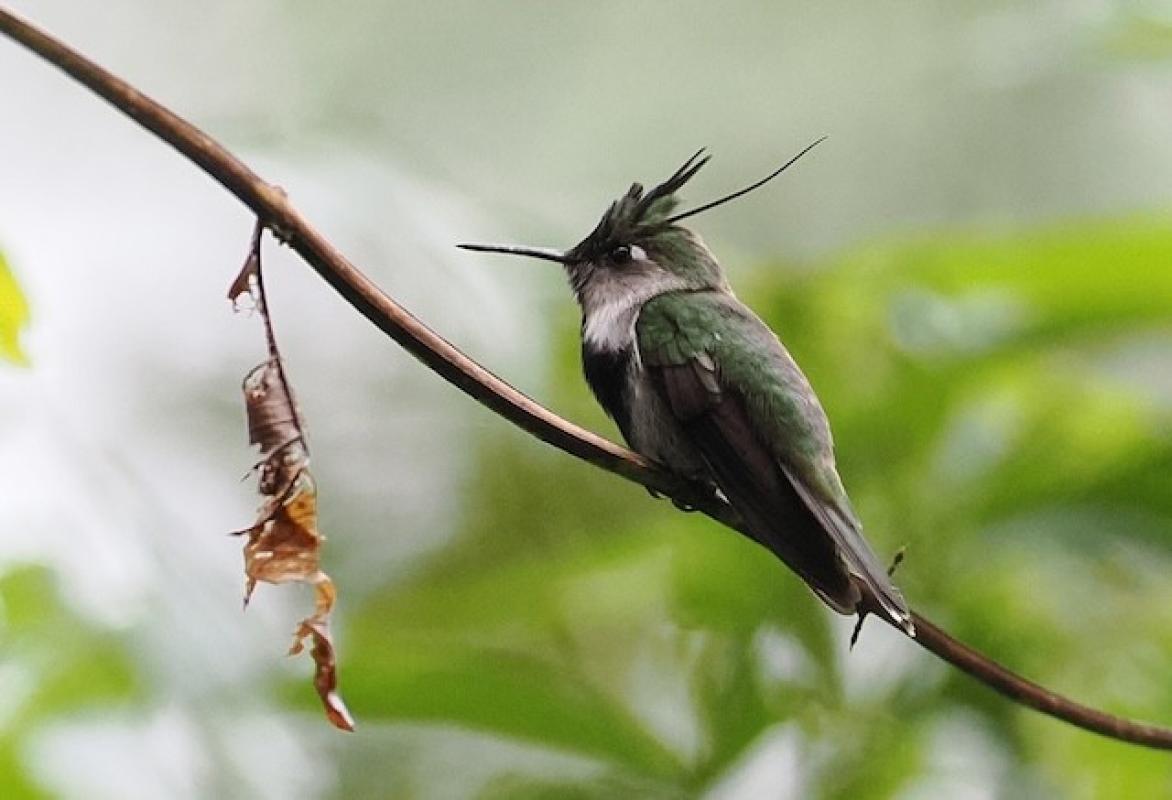Marvelous Moments from Mato Grosso
Two of the themes of our fourteenth Marvelous Mato Grosso tour were big and colorful. Favorites started with the colorful Red-and-green Macaws with the ridiculously perfect background of mist, rainbows, and sheer red sandstone cliffs at Veu de Noiva waterfalls at Chapada dos Guimarães National Park.
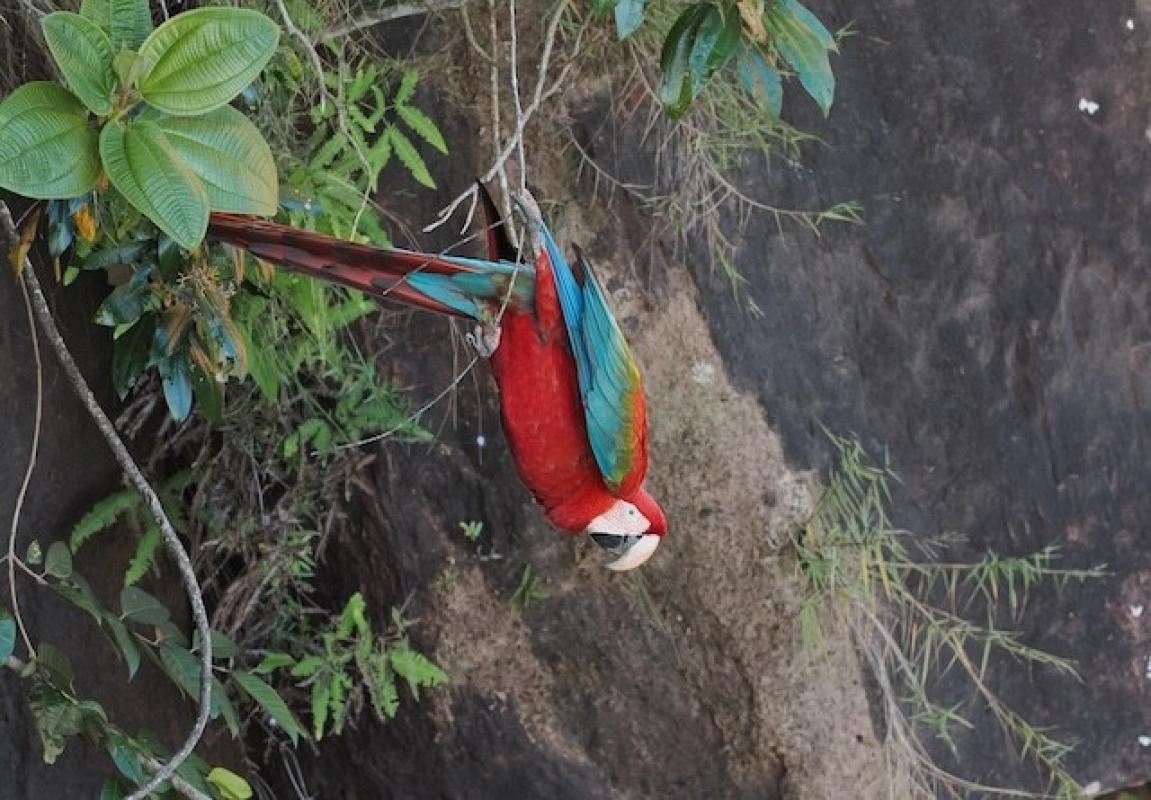
Big was the Greater Rhea that appeared out of the scrub in another sector of the national park and walked by nonchalantly between us and our van.
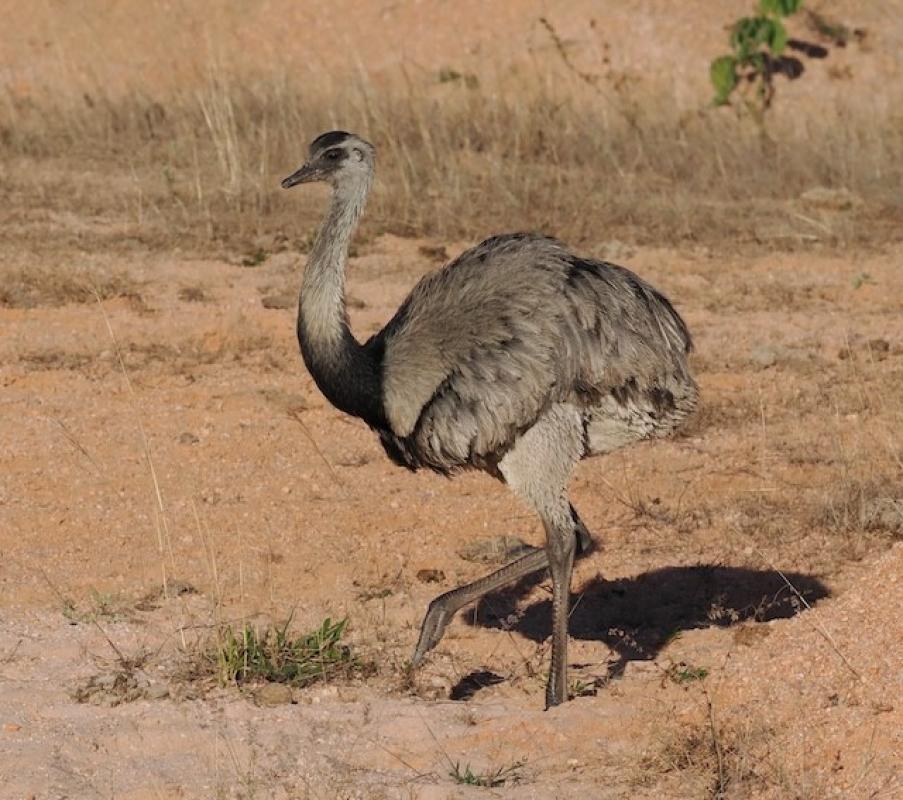
Getting to Cristalino Lodge in the far north of the state involved more travel than usual, but it was worth the effort; the boat rides up and down the idyllic river during our four days were a highlight.
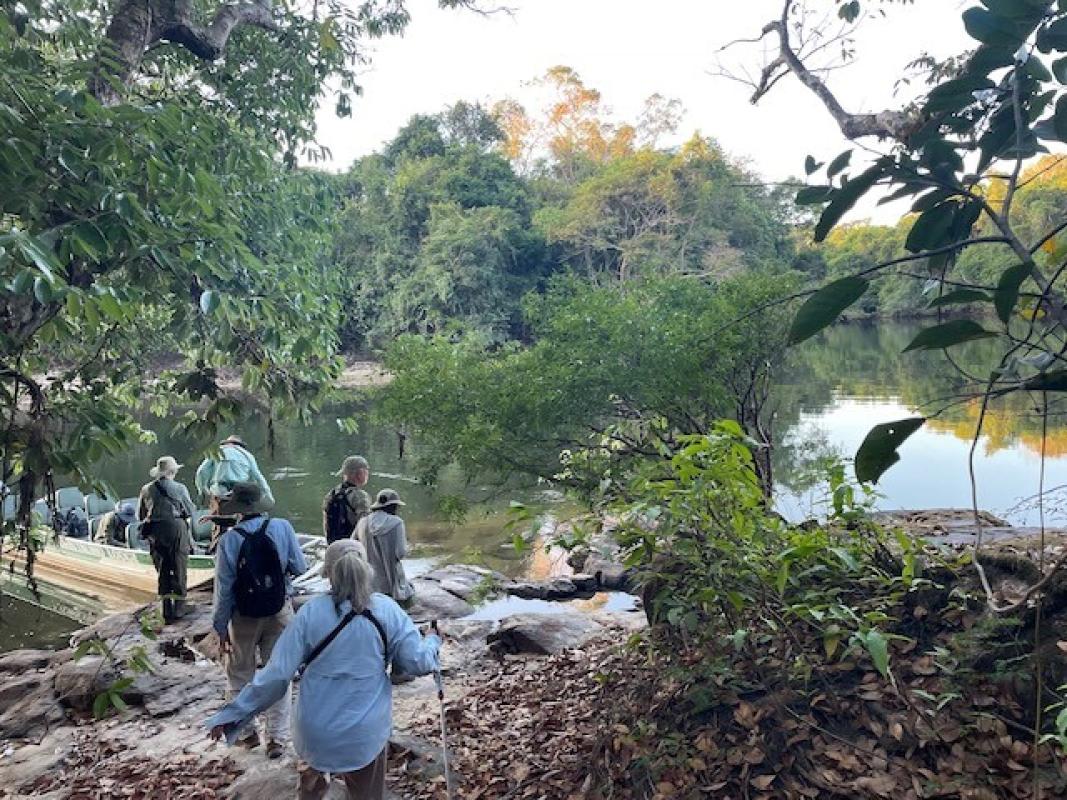
The most surprising bird we saw was a Black-faced Hawk, not only extremely rare, but also wonderfully cooperative and beautiful.

The bird baths were a marvel to behold. By far the biggest birds were the family of Dark-winged Trumpeters that occupied the first set of pools for several minutes.
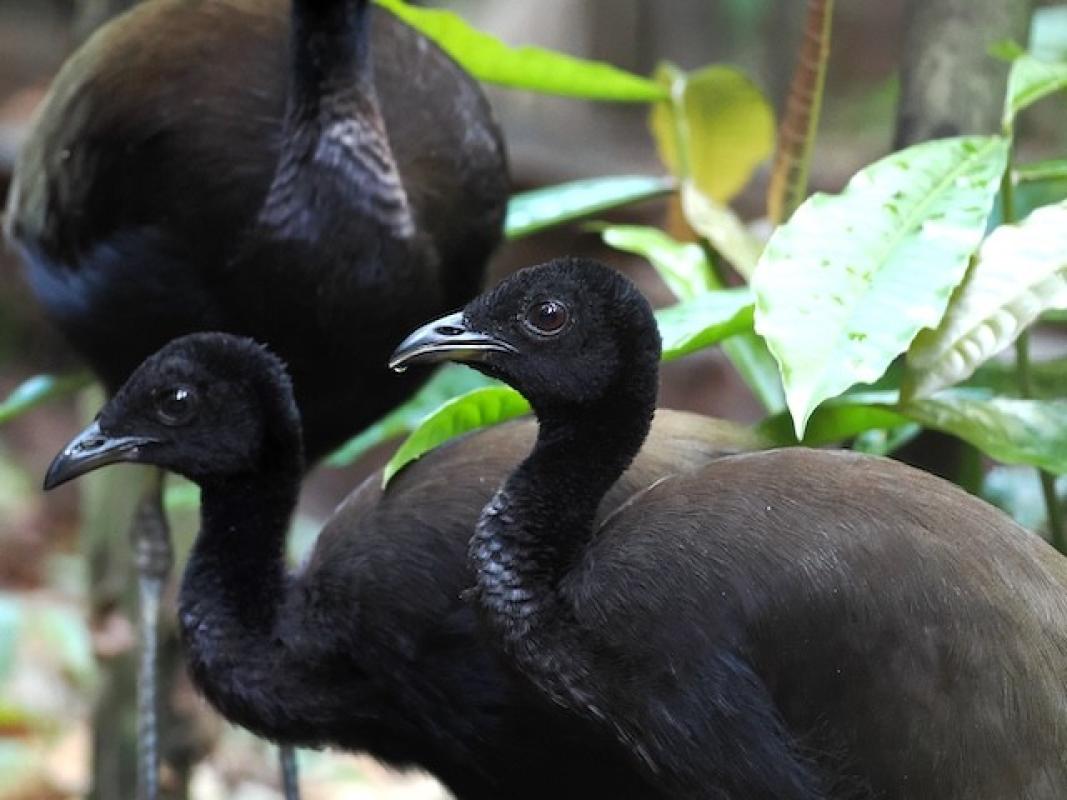
On the colorful side were Black-spotted Bare-eyes coming into bathe; rarely is one able to see this species so well.
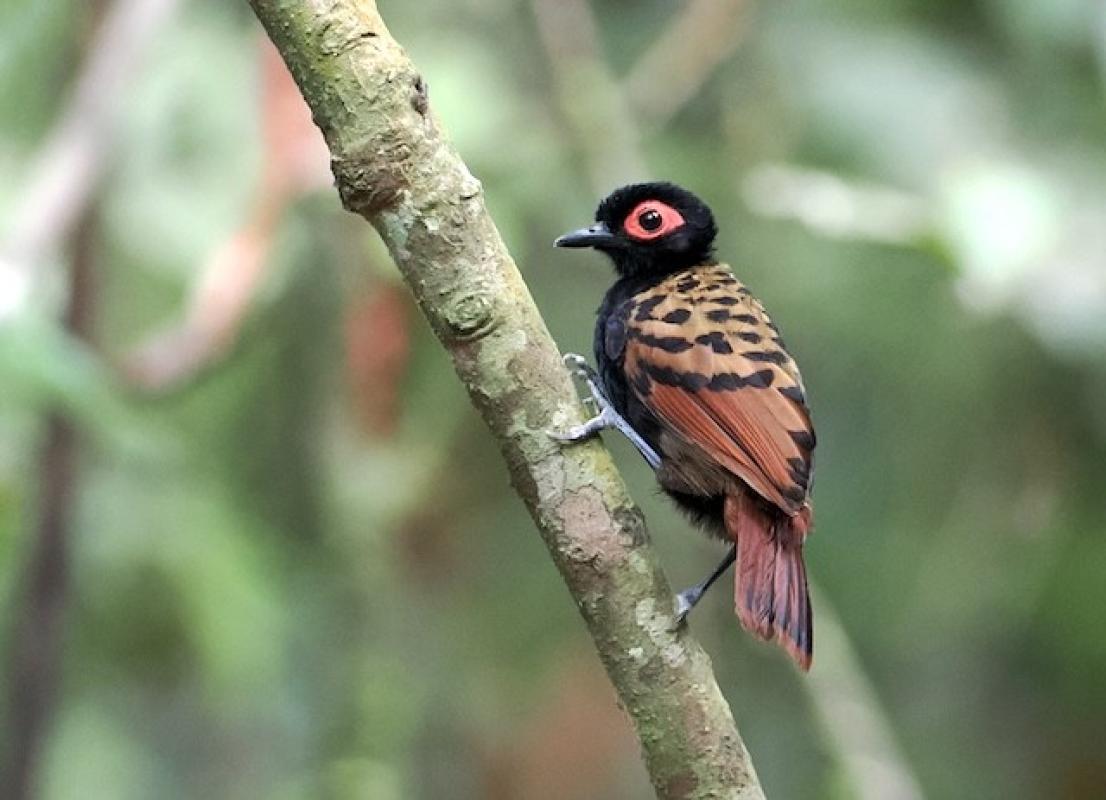
Mammals started making a regular appearance at Cristalino, with an extremely rare sighting of a Jaguar, several rare and little-known Echimyid rodents, a day full of monkeys, and the super adorable Ghost Bat, Diclidurus albus.
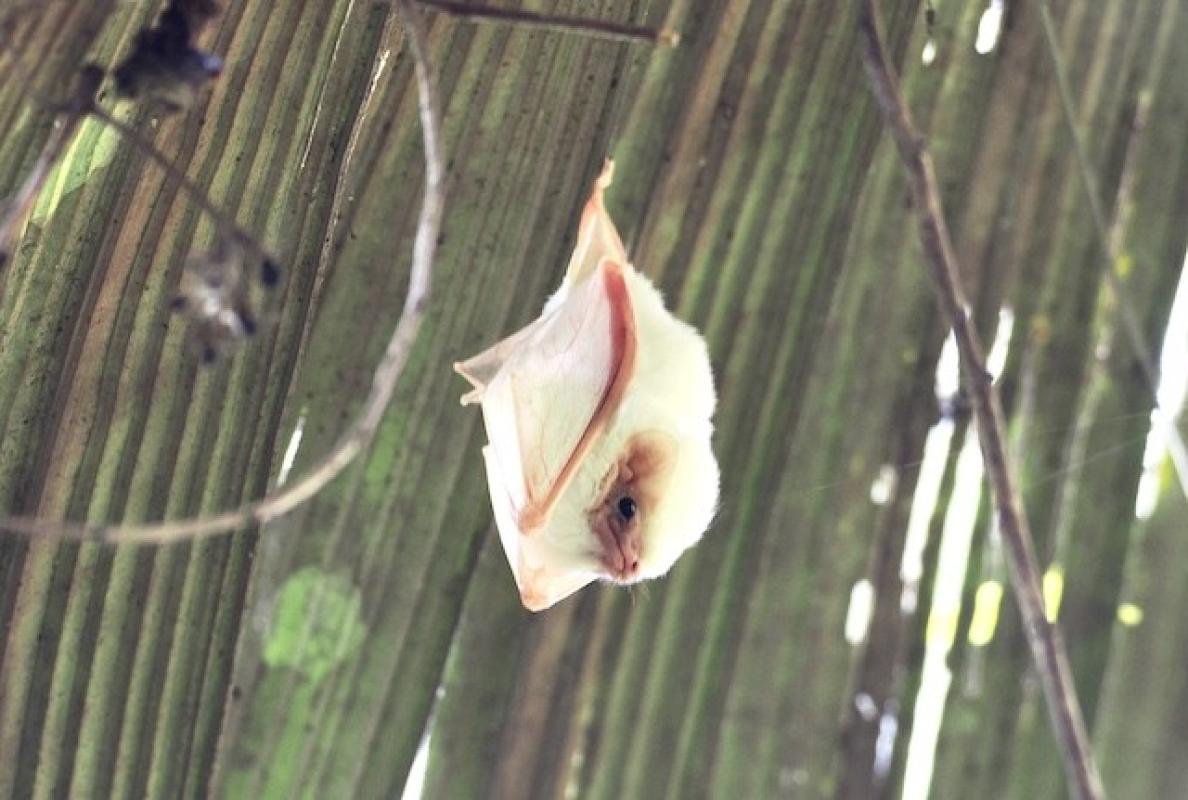
While Cristalino was our most diverse location – 220 species of birds in four days – it was a welcome relief to arrive in the Pantanal where almost everything was big and easy to see in the open habitats, including abundant Yacare Caiman.
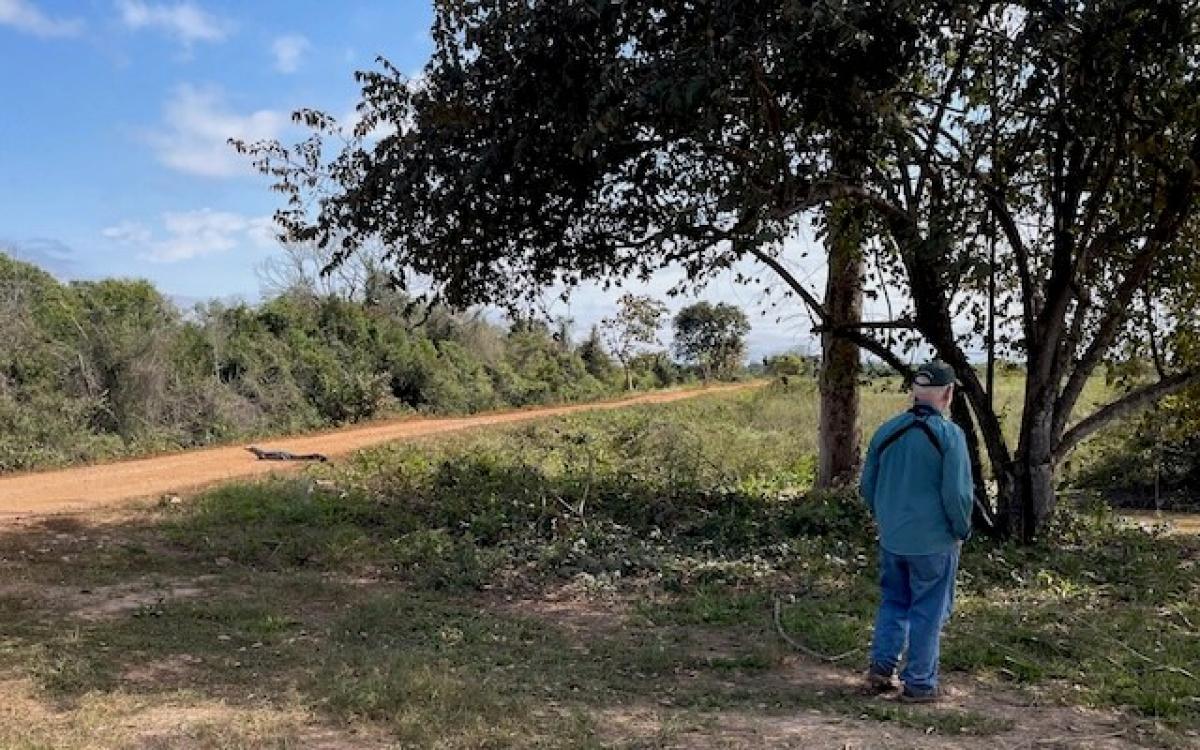
Hyacinth Macaws were nesting on the grounds at both of our hotels, and they have become very acclimated to people gawking upward at them.
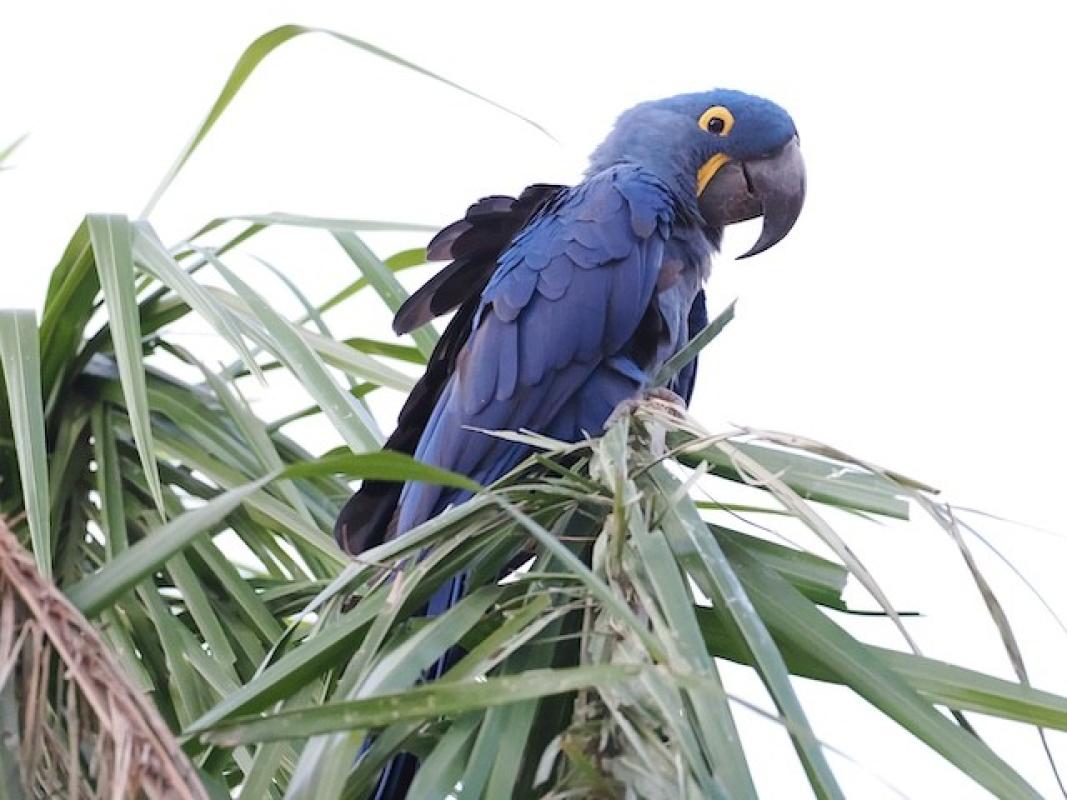
We managed to see five different Jaguars, some sleepy, some patrolling the banks for caiman to hunt. It was a treat to see Ipepo again, a young male that our WINGS tour two years ago was the first to photograph and therefore name. Its name means "wings" in the indigenous Guaraní language.
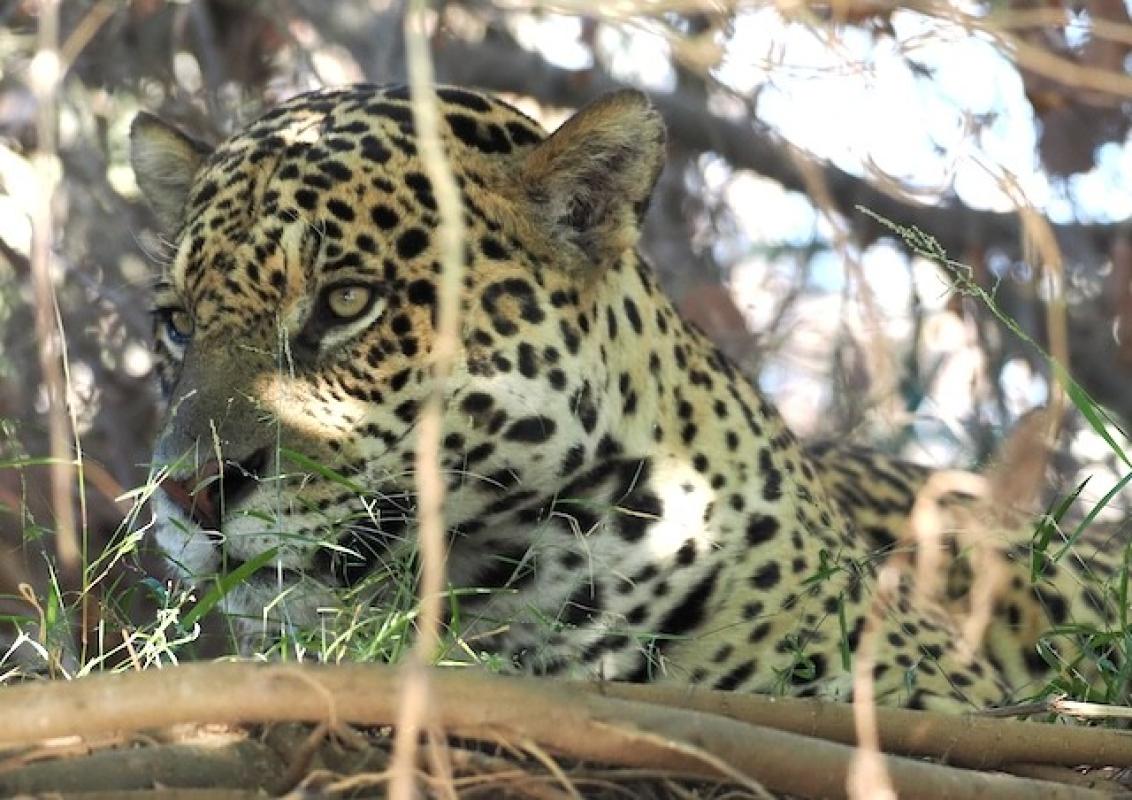
Iguazú Falls did not disappoint. Water levels were high, but not too high to allow us to take the boardwalk all the way to the Garganta de Diablo, where the volume of water must be seen to be believed. And even then, it's hard to believe.
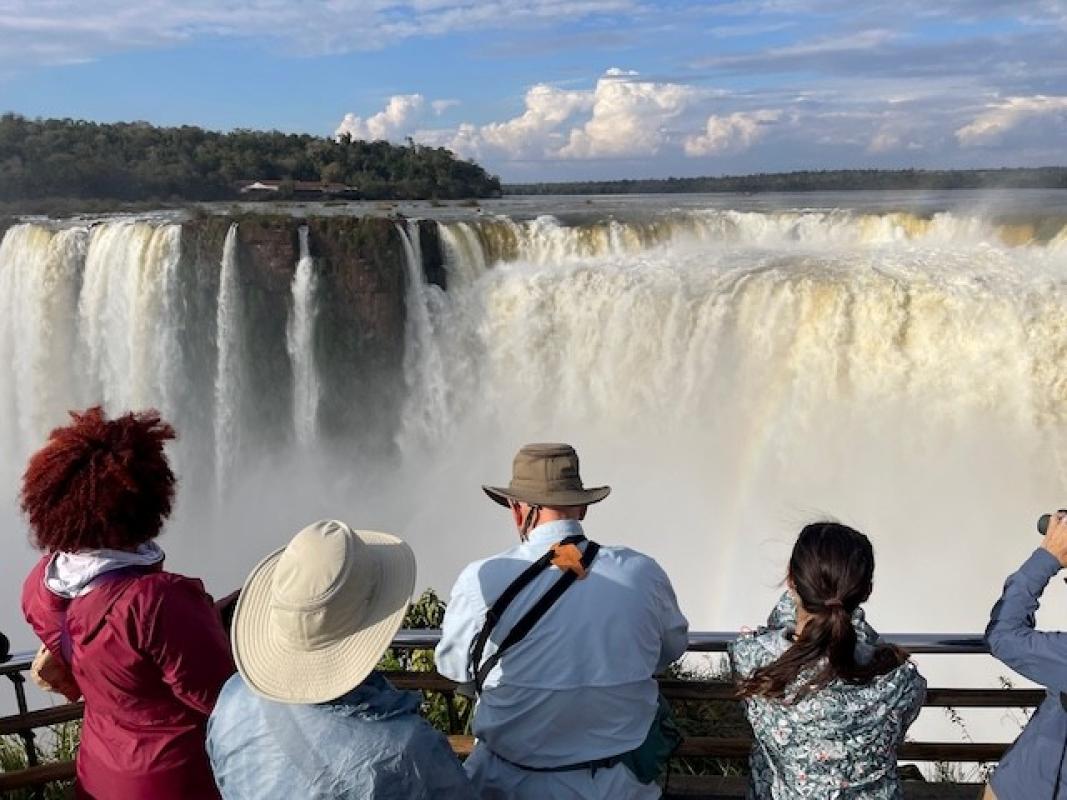
Stunning Plush-crested Jays were hoping for a handout all along the trails at the national park.
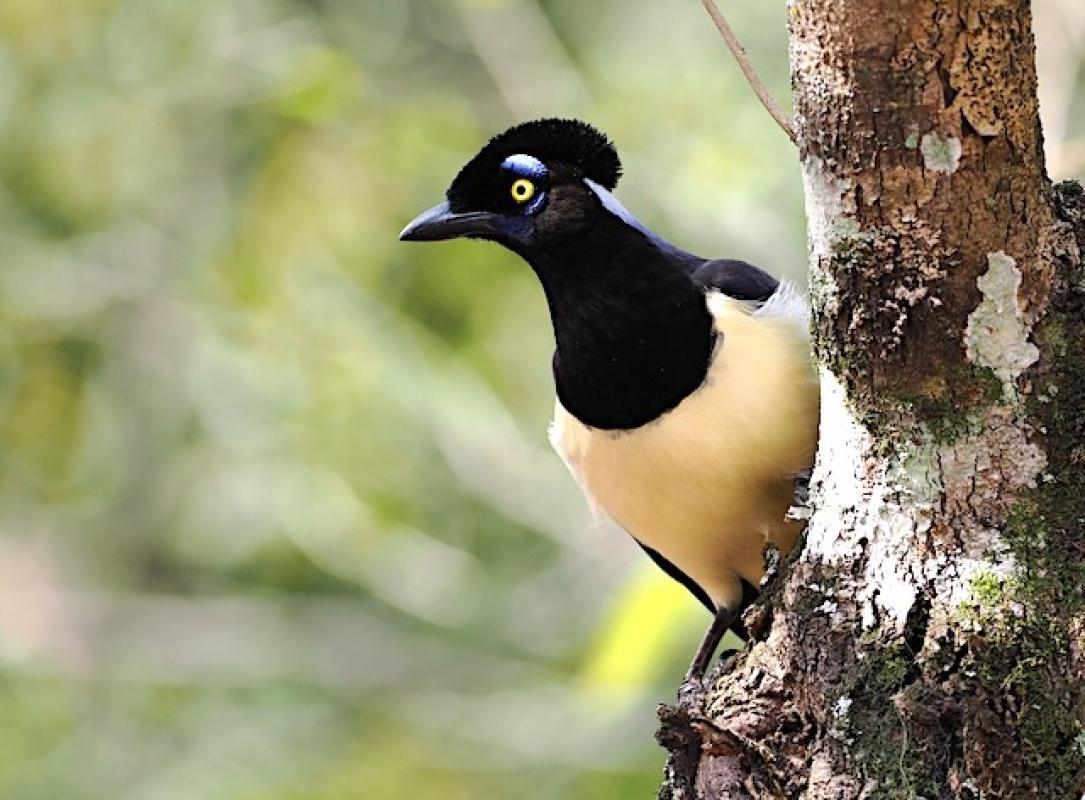
A lovely Purple-crowned Plovercrest at Urugua-í Provincial Park perched just a couple yards away just above eye level, garnering it the most points for favorite bird of the extension.
